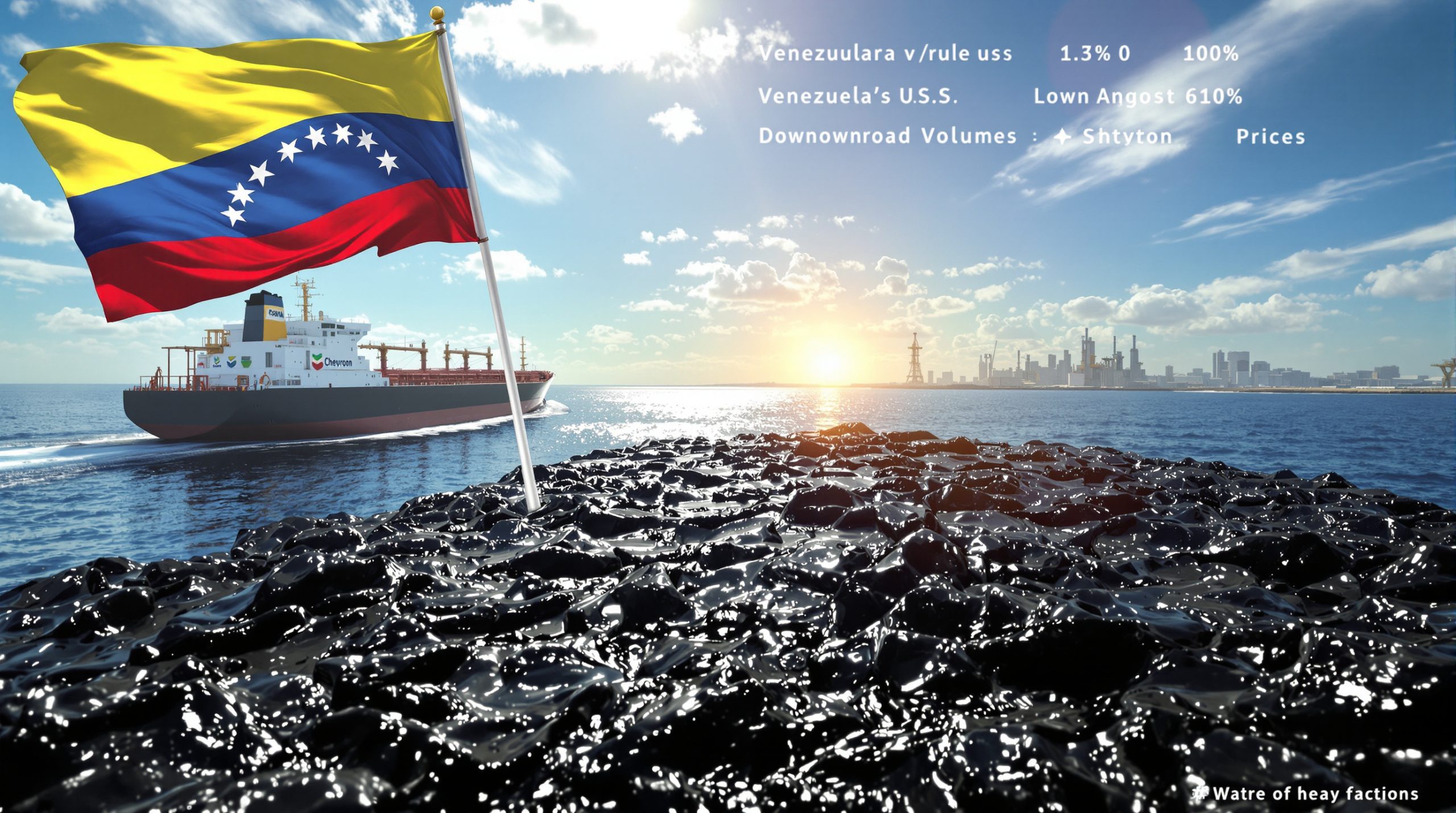What Makes Mt Mansbridge a Promising Rare Earth Project?
Mt Mansbridge is emerging as one of Australia's few hard-rock xenotime projects with significant heavy rare earth element (HREE) potential. Located in Western Australia's Kimberley region within Paleoproterozoic basement rocks, the project shares geological similarities with Northern Minerals' nearby Browns Range project. The recent discovery of a heavy-rare-earth-bearing quartz breccia vein at Mt Mansbridge South validates the project's geological model and suggests potential for a substantial HREE deposit.
The project's strategic location places it approximately 45km from Northern Minerals' Browns Range project, positioning it within the same geological formation known for hosting valuable rare earth deposits. According to James Durrant, CEO of RareX, "HREE are at the top of the critical minerals energy transition list as the energy transition accelerates… Dysprosium and terbium have become bottleneck materials."
Strategic Location and Geological Setting
The Mt Mansbridge project benefits from several key geological advantages:
- Situated within the Paleoproterozoic basement rocks of Western Australia's Kimberley region
- Located approximately 45km from Northern Minerals' proven Browns Range project
- Positioned within the Killi Killi Formation, confirmed as xenotime-bearing mineralization
- Shares geological characteristics with proven HREE deposits in the region
What makes Mt Mansbridge particularly notable is its geological similarity to Browns Range, which has established a JORC-compliant resource of 11.7 million tonnes at 0.77% Total Rare Earth Oxides (TREO) with an impressive 86% HREE content. This geological comparison provides strong evidence for Mt Mansbridge's potential to host significant HREE mineralization.
What Has RareXploration Discovered at Mt Mansbridge?
RareXploration, a subsidiary of RareX (ASX: REE), has made a breakthrough discovery at the Mt Mansbridge South target—a 70-meter heavy-rare-earth-bearing quartz breccia vein. This discovery represents the first vein identification at the project in five decades and confirms the fertility of basement rocks for HREE mineralization.
"We believe Mt Mansbridge will add significant value to global critical minerals demand," stated James Durrant following the discovery announcement. The identification of this substantial vein provides strong validation for the company's exploration model and geological thesis.
The Significant 70-Meter Vein Discovery
The newly discovered vein at Mt Mansbridge South offers several promising indicators:
- Extends for approximately 70 meters at surface
- Contains confirmed heavy rare earth elements
- Located within the same Killi Killi Formation that hosts other regional HREE deposits
- Represents the first major discovery at the project since the 1980s
This discovery builds upon historical exploration from the 1980s when a xenotime-bearing quartz vein was identified at the Sigma target within the same geological formation.
Detection Methodology
RareXploration employed several advanced exploration techniques to make this discovery:
- Initial detection using portable X-ray fluorescence (pXRF) technology
- Field verification through systematic geological mapping
- Preliminary assessment confirming HREE presence
- Further geochemical vectoring required before drilling program exploration commencement
While pXRF technology provides valuable preliminary data, it has limitations in differentiating specific rare earth element species. The company is now conducting more detailed laboratory analysis to fully characterize the rare earth profile of the discovery.
Why Are Heavy Rare Earth Elements Critically Important?
Heavy rare earth elements, particularly dysprosium and terbium, have become essential materials for advanced technologies and the global energy transition. Their unique properties make them irreplaceable in various high-tech applications, with global supply dominated by China (>90% of production according to industry estimates).
James Durrant highlights that dysprosium and terbium enable "miniaturisation, efficiency gains and thermal stability in next-generation technologies." These elements play a crucial role in extending the operational temperature range of permanent magnets, with dysprosium allowing neodymium magnets to function at temperatures exceeding 200°C.
Strategic Significance in Global Technology
HREEs have gained prominence due to several factors:
- Growing demand from electric vehicle manufacturers
- Essential components for wind turbine efficiency
- Critical for miniaturization in consumer electronics
- Increasing defense applications requiring temperature-stable magnets
- Limited global supply chains creating strategic vulnerabilities
Key Applications of HREEs
The practical applications of HREEs demonstrate their critical importance:
- Electric Vehicles: Approximately 100-200g of dysprosium is used in each EV traction motor
- Wind Turbines: Direct-drive turbines require approximately 2kg of dysprosium per megawatt
- Consumer Electronics: Enable smaller, more efficient devices through enhanced magnet performance
- Defense Systems: Critical for guidance systems and other high-performance applications
- Medical Equipment: Essential in MRI machines and other diagnostic equipment
These elements are now classified as "bottleneck materials" due to limited global supply chains and are prioritized on critical minerals lists of major economies worldwide, including Australia's critical minerals reserve, the United States, and the European Union.
How Does Mt Mansbridge Compare to Other HREE Projects?
The Mt Mansbridge project can be directly compared to Northern Minerals' Browns Range project, which provides a valuable regional analog for understanding its potential. The proximity and geological similarity between these projects offer strong indicators for Mt Mansbridge's development prospects.
Comparison with Browns Range Project
The nearby Browns Range project owned by Northern Minerals (ASX: NTU) provides a valuable comparison point for Mt Mansbridge's potential:
| Feature | Browns Range (NTU) | Mt Mansbridge (REE) |
|---|---|---|
| Resource | 11.7 million tonnes | Exploration stage |
| Grade | 0.77% TREO | TBD (exploration ongoing) |
| HREE Content | 86% of total REE | High HREE fertility confirmed |
| Development Stage | Advanced | Early exploration |
| Geological Setting | Killi Killi Formation | Killi Killi Formation |
| Distance Between | 45km | 45km |
| Primary Mineral | Xenotime | Xenotime |
| Mineralization Style | Vein and breccia hosted | Vein and breccia hosted |
This comparison demonstrates the significant potential for Mt Mansbridge given its geological similarities to an established HREE project.
Historical Exploration Results
The HREE fertility of basement rocks at Mt Mansbridge was first confirmed in the 1980s through the discovery of a xenotime-bearing quartz vein at the Sigma target within the Killi Killi Formation. This historical context provides valuable validation for the current exploration model.
Further exploration in the region has consistently demonstrated the potential for economically viable HREE mineralization, setting an encouraging precedent for Mt Mansbridge's development potential.
What Do Previous Drilling Results Indicate?
Previous exploration activities at Mt Mansbridge have yielded promising results that provide strong evidence for the project's HREE potential. The most significant data comes from a drilling program conducted in 2022.
2022 Drilling Program Highlights
Red Mountain Mining (ASX: RMX) conducted a six-hole drilling program at the Sigma target in 2022, yielding several encouraging intersections:
- Best intersection: 16 meters at 0.28% TREO
- Higher-grade portion: 4 meters at 0.48% TREO
- Peak grade: 1 meter at 1.06% TREO
- Average magnet rare-earth oxide content: 28%
- 10% dysprosium and terbium (heavy rare earths)
- 18% neodymium and praseodymium (light rare earths)
These drilling results are particularly significant because they demonstrate not only the presence of rare earth elements but also a favorable distribution with a high percentage of the most valuable elements—dysprosium and terbium.
The mineralization style identified in the drilling program—vein-hosted xenotime—is consistent with the geological model for the project and provides strong validation for the exploration approach being undertaken by RareXploration. Accurate drill results interpretation will be crucial for the next phase of the project.
What's Next for Mt Mansbridge Exploration?
RareXploration has outlined a comprehensive exploration strategy for Mt Mansbridge following the significant vein discovery. The company is taking a methodical approach to target development before committing to a major drilling program.
Upcoming Exploration Activities
The near-term exploration plan includes several key activities:
- Continued assessment of basement rocks for further HREE mineralization
- Additional geochemical vectoring to refine drill targets
- Detailed mapping of the newly discovered vein system
- Planned drill-testing of priority targets later in 2025
- Expansion of exploration footprint based on recent discovery
James Durrant described the recent discovery as a "productive start to our search for critical minerals," indicating the company's confidence in the project's potential.
Development Timeline Considerations
The project development timeline reflects a strategic approach to advancing Mt Mansbridge:
- Current focus on target generation and validation
- Drill program planning underway for late 2025
- Resource definition work to follow successful drilling
- Potential for accelerated development given critical mineral status
The company is prioritizing quality target development over rushing to drilling, ensuring that when drilling does commence, it will be focused on the most promising targets with the highest probability of success.
How Does Mt Mansbridge Fit into the Global Rare Earth Supply Chain?
The development of projects like Mt Mansbridge could play a crucial role in diversifying global heavy rare earth element supply, currently dominated by Chinese production. Australia's stable regulatory environment and commitment to responsible mining practices position it favorably in the global rare earth supply chain.
Strategic Importance in Diversifying Supply
Mt Mansbridge represents a potential new source of HREEs outside the dominant Chinese supply chain:
- Alternative supply source for critical dysprosium and terbium
- Located in a stable, mining-friendly jurisdiction
- Potential to reduce geopolitical supply risks
- Opportunity to establish ethical and environmentally responsible HREE production
- Alignment with Western nations' critical minerals strategies
Market Dynamics and Demand Trends
Several market factors enhance the strategic value of the Mt Mansbridge project:
- Growing demand for HREEs driven by energy transition technologies
- Supply constraints creating favorable pricing environment
- Australian projects offering stable jurisdictional advantages
- Increasing government support for critical minerals development
- Potential for domestic processing to capture additional value
The global transition to renewable energy and electric vehicles is creating unprecedented demand for HREEs, with forecasts suggesting potential supply shortfalls in the coming decade. This market dynamic creates a favorable environment for the development of new HREE projects like Mt Mansbridge.
What Makes Xenotime Deposits Particularly Valuable?
Xenotime deposits represent some of the most valuable rare earth resources globally due to their unique mineralogical and economic characteristics. Understanding the specific advantages of xenotime-hosted rare earth mineralization helps contextualize the significance of Mt Mansbridge.
Unique Characteristics of Xenotime Mineralization
Xenotime (YPO₄) is a rare earth phosphate mineral with several distinctive properties:
- Typically contains high concentrations of heavy rare earth elements
- Yttrium-phosphate mineral with excellent HREE enrichment
- Generally lower in radioactive elements compared to monazite
- Favorable metallurgical characteristics for processing
- Relatively uncommon globally, increasing strategic value
Advantages of Hard-Rock Xenotime Projects
Hard-rock xenotime projects like Mt Mansbridge offer several advantages over other rare earth deposit types:
- Typically higher concentrations of valuable heavy rare earths
- More straightforward processing compared to some other REE deposits
- Lower radioactivity compared to monazite-dominant deposits
- Potential for higher-value product streams
- Relatively uncommon globally, increasing strategic value
Acid leach efficiency for xenotime can exceed 90% in pilot studies, making it amenable to established processing techniques. This compares favorably to some other rare earth minerals that require more complex or environmentally challenging processing methods.
FAQ About Mt Mansbridge Rare Earth Exploration
What are heavy rare earth elements (HREEs)?
Heavy rare earth elements include elements from gadolinium to lutetium in the periodic table, plus yttrium. They are particularly valuable due to their critical applications in high-technology products and limited global supply. Dysprosium and terbium are the most economically significant HREEs due to their essential role in permanent magnets.
Why is the discovery of a 70-meter vein significant?
The discovery of a substantial heavy-rare-earth-bearing quartz breccia vein confirms the fertility of the basement rocks at Mt Mansbridge and validates the geological model. It represents the first such discovery at the project in 50 years and suggests potential for a significant HREE deposit. The vein's size and confirmed HREE content make it a priority target for future drilling.
How does Mt Mansbridge compare to other Australian rare earth projects?
Mt Mansbridge is one of only a few hard-rock xenotime projects in Australia, making it relatively unique. Its geological similarity to the established Browns Range project (11.7Mt at 0.77% TREO) suggests potential for a significant resource development. Unlike many Australian rare earth projects that focus on light rare earths, Mt Mansbridge targets the more valuable heavy rare earth elements.
What are the next steps for exploration at Mt Mansbridge?
RareXploration will continue assessing basement rocks for further HREE mineralization, with the aim of drill-testing targets later in 2025. Additional geochemical vectoring will be conducted before drilling commences to ensure optimal target selection and maximize the probability of drilling success.
What potential economic impact could Mt Mansbridge have?
If successfully developed, Mt Mansbridge could contribute significantly to global HREE supply, particularly for critical elements like dysprosium and terbium that are essential for next-generation technologies and the energy transition. The project's development could help address projected supply deficits while strengthening Australia's position in the global critical minerals supply chain.
Further Exploration:
Readers interested in learning more about rare earth exploration in Australia can also explore related educational content from SmallCaps, which regularly covers developments in the critical minerals sector. The xenotime discovery at Mt Mansbridge makes this an exploration project worth following closely as it progresses through the development pipeline.
Seeking to Gain an Edge on Major Mineral Discoveries?
Stay ahead of the market with Discovery Alert's proprietary Discovery IQ model, which delivers instant notifications on significant ASX mineral discoveries, turning complex data into actionable investment opportunities. Explore our discoveries page to understand how major mineral discoveries can lead to substantial returns and position yourself for success.




